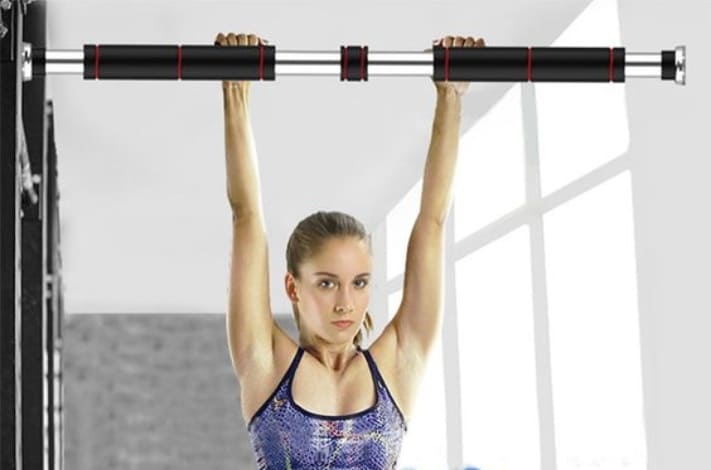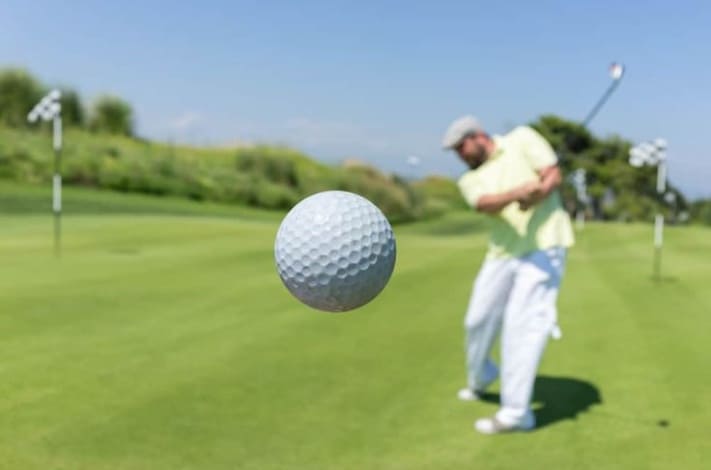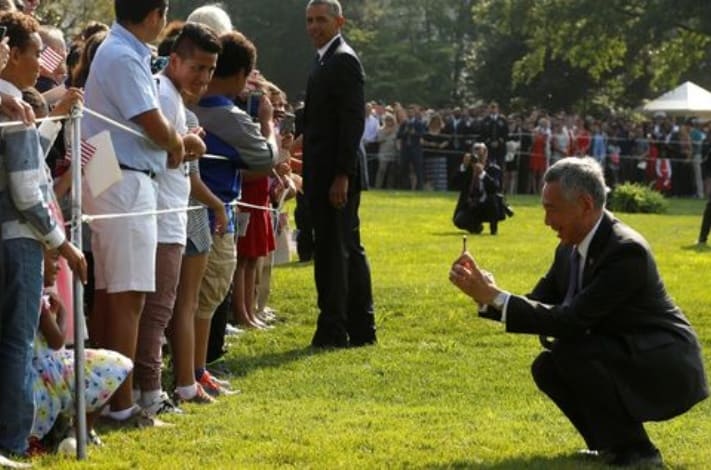As a fan of fitness, different exercises have guided me towards better body control. Amidst all workouts, the front lever stands out. It’s not just the health benefits that draw me or might attract you, to the front lift. It’s also about reaching new fitness peaks.
I felt my body control and core strength grow when practicing the lever front. From this, my firm belief is that everyone on a fitness journey should try this. With this guide, I aim to show an all-round view of the front lever and help you learn it right.
What Is a Front Lever?
What is a front lever, you ask? I asked the same thing when I first heard about it. A lever front is an awesome exercise. You keep your body straight, like a plank, but in the air, gripping an overhead bar or rings. Tough, you bet, but it’s super cool when you master it. Getting there, too, is quite a thrill!
The exercise for the front lever works out many body muscles, especially your core, your back’s broadest muscle (latissimus dorsi), and shoulders. It demands awesome strength, balance, and control. The best part? As you train, you gain those very qualities.
You won’t need much to try this: a pull-up bar or gymnastic rings, which can be found in most gyms. They don’t cost much if you prefer to buy your own. Training whenever you wish, at your own speed, might be just what you need!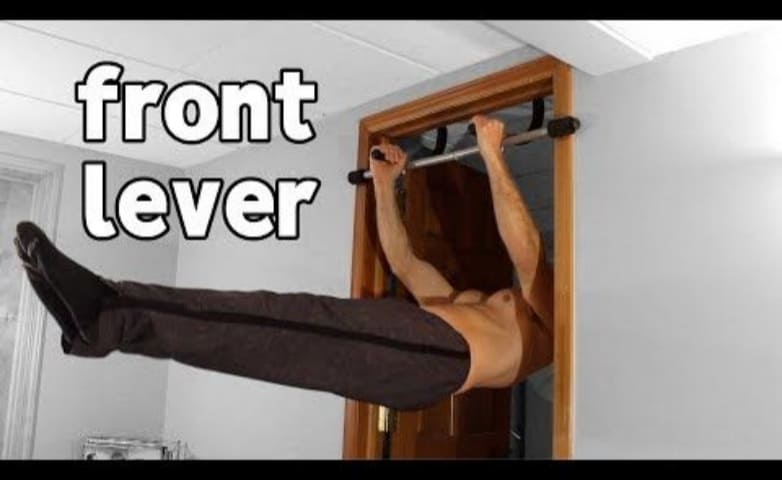
Image source: Pinterest
Benefits of the Front Lever Exercise
I’ve seen some big changes in my fitness thanks to the front lever exercise. Here’s why you would likely experience the same:
- Boosted core power: It trains your tummy, sides, lower back, and buttocks muscles. This synergy strengthens your core.
- Stronger, controlled upper body: Your arms, shoulders, lats, and chest get worked. It amps up body strength and muscle control – handy for daily movement.
- Heightened balance and self-awareness: Holding a mid-air pose gives greater body awareness and sharpening balance.
- Foster’s good posture: Practicing the exercise for front lever toughens the back and core. It helps you carry yourself better in the gym and beyond.
- Practical fitness benefits: Along with looks and strength, this exercise boosts functional fitness. It prepares you for everyday tasks like carrying shopping bags or lifting objects.
Pre-requisite Strengthening Exercises
When starting with the front lever, certain exercises are crucial for building your power and form. Here are the ones I suggest:
- Pull-ups: They’re a great way to work your upper body, especially your lats. They prep your muscles to support your body weight in the exercise for the front lever.
- Hanging legs: Mainly focused on your core, they prime your abs to support your body’s position in the front lever.
- Bodyweight rows: Similar to the front lever in working the same muscles, you develop the overall muscle command needed for more intricate movements by doing these.
- Planks: Known for being an extreme core workout, planks construct balanced body control. This routine increases your endurance and core power required for the front lever.

Image source: Pinterest
Step-By-Step Guide on How to Perform the Front Lever
Let’s get our foundations strong, then jump into the main event! The key to mastering any new skill is to appreciate the journey and commit step-by-step—Here’s how to tackle the front lever.
- Warm-up
A good warm-up is key! It prepares your body for the task and helps prevent injuries. The goal? Get your blood pumping and your muscles ready for action.
- Tuck front lever
Let’s begin with an easy front lift form, the tuck front lever exercise. You’ll need to keep your knees drawn into your chest for this. Using a pull-up bar or rings, hoist your body up. Keep your knees huddled near your chest. Aim to keep your back, hips, and shoulders aligned and level. Hold this position as long as possible to get comfortable in it. As you practice, you’ll hold longer. When you can comfortably maintain the pose for 10 seconds, it’s time for the next challenge—the advanced tuck front lever.
- Advanced tuck front lever
Here, we push a smidgeon. We extend just a bit more in our position. Draw yourself up as in the normal tuck, but let your body unfurl somewhat. Keep your back and hips in sync. Slowly loosen your tuck, stretching out your pose and upping the difficulty. Once you can hold this for around 10 seconds, you’re set for what’s next—the single leg lever.
- One-leg lever
Now, let’s add a twist by mixing in some balance tasks. Get into the advanced tuck posture, but stretch out one leg. In this stance, core strength becomes even more important as balancing gets challenging. Once you can hold this pose for roughly 10 seconds, it’s time to move onto the straddle front lift.
- Straddle front lever
You’re nearing the final front lift position at this stage. The spread-leg lift lessens the leverage slightly compared to the full front lift. Take the one-leg lift stance and slowly widen your legs into a V shape. While stretching your legs, don’t ignore keeping a strong core and straight hip alignment. Once you can grip the spread-leg lift comfortably for around 10-15 seconds, it’s time for the last challenge – the majestic full front lift.
- Full front lever
Cue the celebration! You’ve reached the ultimate front lift posture! Starting from the spread-leg lift stance, gradually bring your legs together until fully stretched. Your whole body needs to be horizontal, stiff, and precisely aligned. Keep a direct line from your heel to your head, tense your shoulder blades, tighten your core, and line up your hips with your shoulders. Notice and applaud your triumph – you’ve mastered the full front lift!
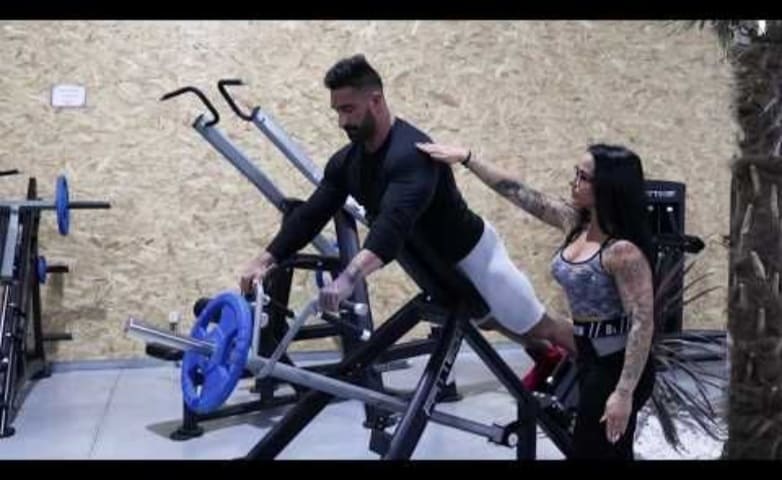
Image source: Pinterest
The Role of Diet and Rest in Progress
Remember, exercise is only a part of keeping fit and healthy. What we eat and how much we rest also matter a lot in our fitness journey.
Talking about food, focus on eating balanced, nutritious meals, and drinking plenty of water. Proteins are super important—they help our muscles recover and grow, especially after tough workouts. Carbs and fats? Yep, they’re essential, too, as they give us the energy we need for our workouts and recovery times.
Rest plays a big role! It’s crucial to rest because it helps to avoid being overly tired, overworked, and getting hurt. Always believe rest days are a key part of any exercise plan, no matter how motivated or self-disciplined you are.
Tips for Mastering the Front Lift
I’ve collected several tips over the years. These can be immensely beneficial in your front-lift journey.
- Consistency in practice
Always practice your front lever. It’s a step forward every time. So, don’t rush, be patient.
- Mental focus and visualization
Visualize before and during the practice. It tunes your body and brain, improving form and technique.
- All the way motion
Make sure every action is full range. It triggers maximum muscle use and sharpens body control.
Mess-Up Spots and How to Sidestep Them
Look out for these frequent errors that surface during the lever front trek. I’ve combined them with hints to fix them right up.
- Insufficient core engagement
Include more core-strengthening exercises and envision “squeezing” your core for a better hold and more control.
- Poor grip and shoulder positioning
Focus on having your palms face away from you, and ensure your shoulders are activated and not shrugged up.
- Failing to maintain straight body alignment
Mirror checks or recording yourself can be useful for analyzing and improving your body alignment.
- Speeding through stages
It’s crucial to ace each step before proceeding. It’s not a race, but about nailing each phase as you go.
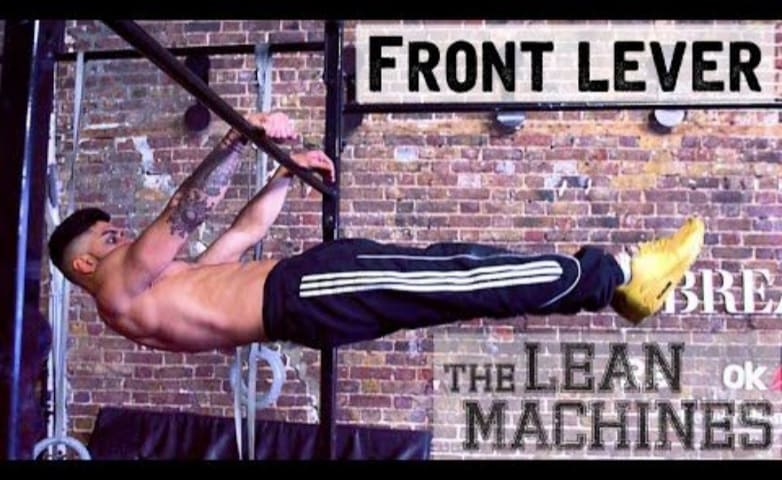
Image source: Pinterest
How to Measure Front Lever Progression
Tracking front lever progression during your training is vital. It helps you see progress and stay motivated. Here are ways you might measure improvement.
- Endurance
An effective way to mark strength gains is by the increasing amount of time you maintain tense poses or moves. As you build strength, lever positions can be held longer.
- Flexibility and Mobility
Over time, with front lever work, you might notice rising flexibility and mobility across diverse workouts, not just the lever. This is good progress.
- Grip Strength Boost
A firm grip is essential in calisthenics, especially in moves like the lever front. As you advance, you’ll hold onto the bar longer, showing better grip strength.
Final Thoughts
Achieving the front lever is exhilarating yet tough. You need power, grit, and regularity. It may seem daunting at first, but trust me, with patience, tenacity, and some faith in you, you can truly master it.
All days aren’t sunny, but keep your eyes on the prize. Each struggle brings your goal nearer. As you proceed on your exercise for the front lever path, it’s essential to check your form and technique as they are vital for your safety and growth.
By this point, hopefully, the lever front seems less intimidating. Like any exercise, what you sow is what you reap. It may not be a breeze, but the sense of accomplishment when you can maintain a perfect front lift makes the tough climb totally rewarding!
